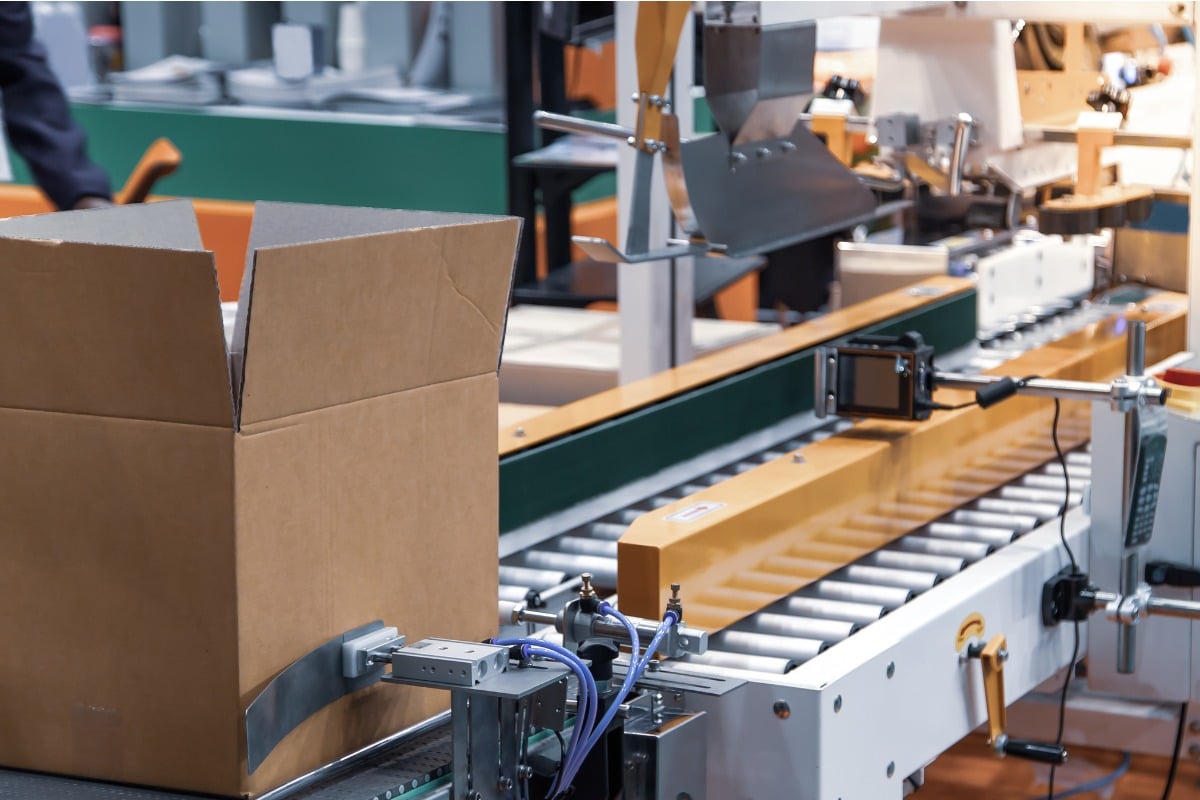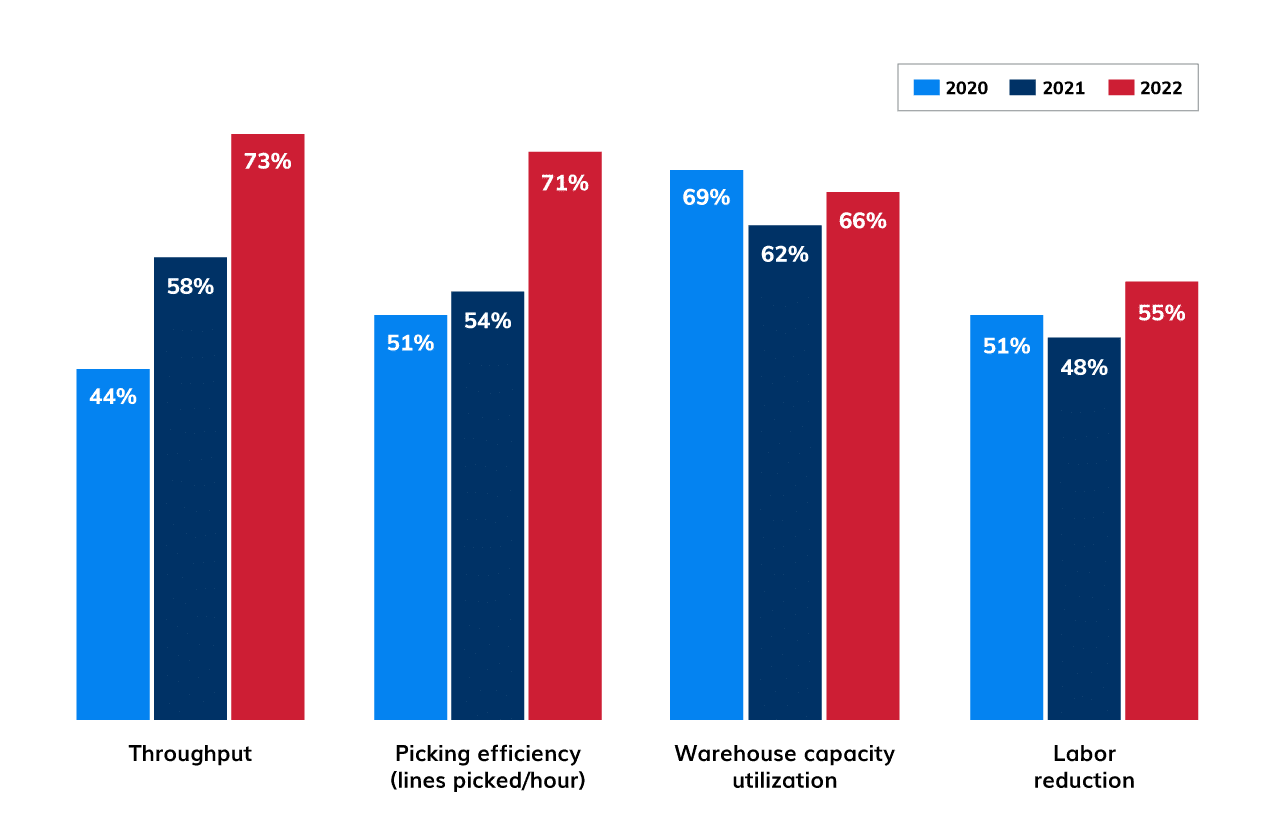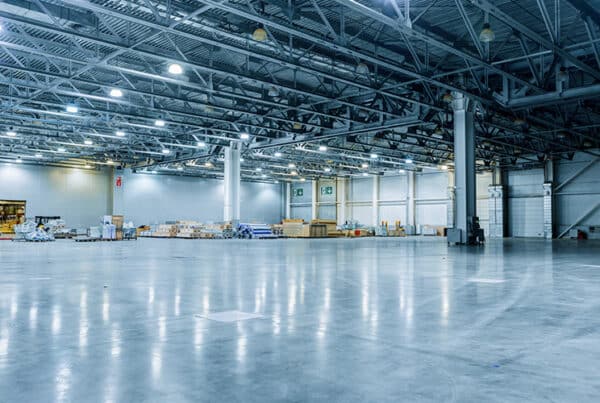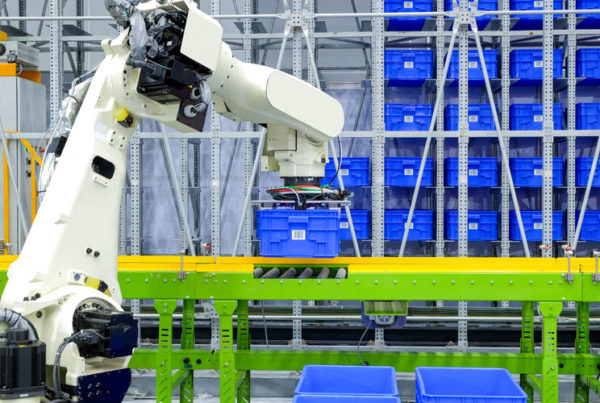In the two years since the start of the pandemic, Modern Materials Handling (MMH) has conducted three surveys of its readership. In their most recent findings, respondents are more certain about growth, as well as the directions that growth will take.
Budgets for automation spending have increased. This isn’t surprising given the dramatic turn to ecommerce during the pandemic and the demands ecommerce places on warehouses.
The survey’s key findings illustrate the role professional integrators like PeakLogix can take in helping material handling companies adjust to the market’s changing needs.
Key areas for operational improvement
MMH asked respondents what areas they most wanted to improve over the next two years. The four most common answers were throughput, picking efficiency, warehouse capacity utilization, and labor reduction.
These needs highlight the changes in the market seen over the course of the pandemic, including demand shocks, the limited accessibility of labor, and a market shift toward eCommerce.
Throughput
73% of respondents named throughput as the area they are most looking to improve in the next two years.
Many automated solutions increase throughput directly. However, companies need to beware that, without a thoughtful integration, increasing throughput in one area can create congestion in others. It does no good to deliver 10x the orders to the packing station, without 10x the shipping materials.
WMS: A robust Warehouse Management System can affect as much – or as little – of a warehouse as you want, including everything from scheduling and finances to inventory tracking and parcel scanning. For many, the first step in upgrading any automation begins with their WMS.
IMR: Industrial Mobile Robot (IMR) is an umbrella term that covers both Autonomous Mobile Robots (AMRs) and Automated Guided Vehicles (AGVs). For a number of reasons, these are becoming some of the most versatile solutions on the market.
Conveyors: Conveyors have been around since the early 20th century, and in the last few decades have both revolutionized and been revolutionized by the changes in material handling. Today’s conveyors can be as simple as gravity flow skate wheels, or as complicated as a series of sortation systems equipped with automated scanners and labelers.
Picking efficiency
72% of respondents to the MMH survey named picking efficiency as an area they are actively looking to improve. And increasing picking efficiency is another great way to increase overall throughput. For example, one way to increase pick rates is by upgrading your WMS so that items are tracked efficiently. Another is to introduce IMRs to decrease your employees’ travel time to pick faces.
But many technologies are designed with the singular goal of helping an operator pick more quickly and accurately.
Hands-free picking: Equipment that allows operators to keep both hands free for interacting with merchandise makes operators faster and more accurate. This can include wearable scanners, pick-to-voice headsets, and smart glasses with heads-up displays.
Pick-to-Voice: Pick-to-Voice solutions increase accuracy and speed, and require very little training to integrate into an existing operation. Operators wear a headset, through which they are audibly guided to their destination.
Pick-to-Light: Pick-to-Light are cost-effective solutions that use light to guide operators to picking locations. Common systems involve the operator scanning a barcode attached to a shipping carton or other container. The WMS then directs the operator to the proper location, using lights to indicate both place and quantity. This increases both efficiency and accuracy in picking and put-away operations.
Warehouse capacity use
66% of the survey’s respondents named capacity as an area that needs to be improved. Given the increase in inventory levels in response to the demand shocks seen in recent years, this is unsurprising.
For warehouses that have not yet begun the process of automating, integrating a WMS yields capacity benefits, while also preparing their warehouse for more automation later. A WMS can optimize the use of space by storing items more densely and flexibly.
To maximize the use of space and warehouse capacity, there are many popular and effective solutions.
Vertical Lift Modules (VLMs): Vertical Lift Modules are both a goods-to-person system and a means of storing items densely in a warehouse’s vertical space, maximizing the storage with a minimal footprint. A closed system of columns of shelves, with an automated inserter/extractor, they also increase productivity by as much as 66%.
Vertical and Horizontal Carousels: Vertical and Horizontal Carousels use similar technology along different axes to store merchandise densely, and deliver it to pickers efficiently. As closed units that operate in the vertical space, Vertical Carousels are similar to VLMs. However, where the VLM uses a shuttle to store and retrieve merchandise in shelves, the Carousel uses a chain drive to rotate the shelves to the operator. Horizontal Carousels bring items to picking stations by moving shelves horizontally along an oval track.
Automated Storage and Retrieval System (AS/RS): VLMs and Carousels are both covered under the umbrella of AS/RS. But AS/RSs can also store larger goods and pallets into more traditional racking. These systems have a reputation as the densest, fastest, most accurate automated storage solutions on the market. And for good reason. In the past, they were reserved for the largest, highest throughput operations. But today’s AS/RSs are more modular and scalable, and capable of handling everything from mini-loads to full pallets, at heights that can reach 100 feet or more.
Labor reduction
55% of respondents to the MMH survey named labor reduction as an area they are seeking to improve.
While finding labor has been a challenge for years, the global pandemic of 2020-2 brought the issue to a head. In the MMH survey, 7% more respondents name labor reduction as an area to improve from 2021 to 2022.
While many hope automation will be a 1:1 replacement for labor, that usually isn’t the case, and very few warehouses operate without employees.
However, from the employer’s perspective, automation can reduce its dependence on labor and create more flexible staffing solutions. At the same time, for the operators, automation brings the safeguards and quality of work employees are looking for.
Safety: Depending on the solution, automation improves safety in a number of ways. Because automation excels at heavy, repetitive tasks, many solutions free workers from those injury-prone jobs. Goods-to-person automation delivers product at ergonomic heights, further reducing overuse injuries.
Improved efficiency and accuracy: Operators have goals to meet – and automation helps them be consistent throughout their shift. First, because automation makes it physically easier to do their job, operators are able to maintain their productivity longer. And second, automation moves at a steady, predictable pace, and when employees are given the opportunity to match that pace, it helps them keep their throughput consistent.
Quality of work: Automation helps quality of work on multiple levels. At the level of day-to-day operations, it aids accuracy and consistency. Depending on the solution, automation can all but eliminate sorting errors, damages, and other common issues. But more importantly, automation can free employees up for more interesting, value-adding tasks. It can make work more meaningful and, when combined with the right training programs, help employees see their growth opportunities in the company, improving morale and reducing turnover.
How can automation help you?
While automation shouldn’t be seen as a 1:1 replacement for labor, it brings benefits to both the employers and the employees.
The challenge is to identify the right automation for your needs today, and for the needs you’ll likely see tomorrow.
Experienced integrators like PeakLogix can help you not only find the right automation, but also integrate it so that your current operations are minimally affected.
Want to learn more about what we can do for you? Contact us today!
Increasing storage capacity and utilization with semi-automated deep lane storage.
PeakLogix designed a plan that increased the realized capacity of one client by more than 60% and increased its utilization rate to nearly 80%. In addition, the client now benefits from a clear receiving dock, which facilitates their ability to unload additional inventory that can be ordered more efficiently.






